Probiotics, probiotics and phytogenics all aid gut health
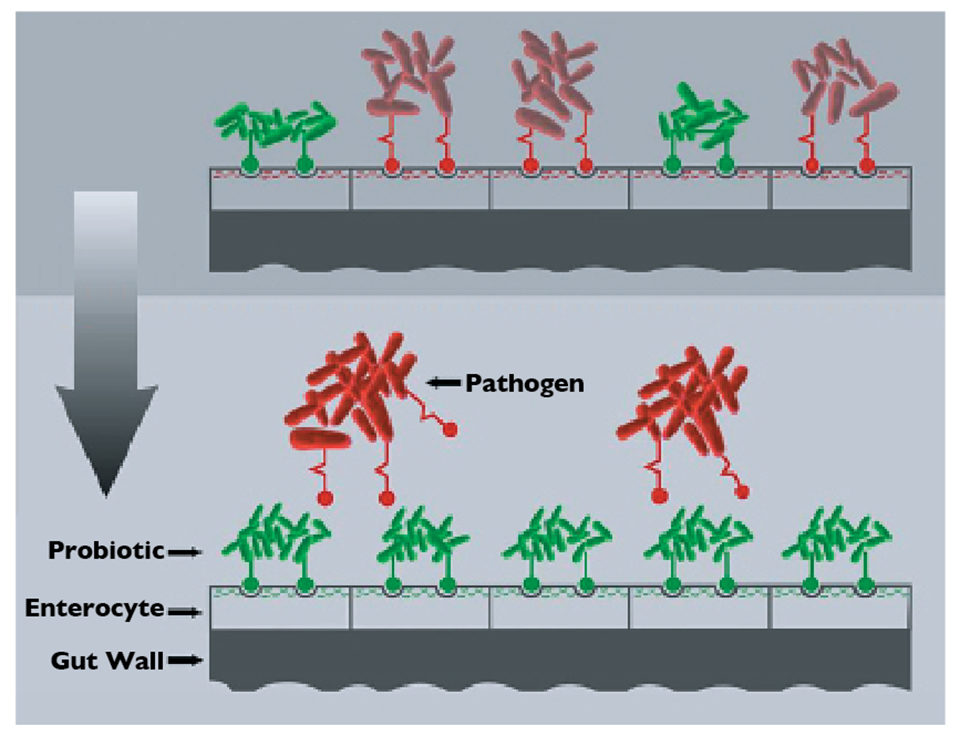
The aquatic environment is rich in microorganisms, with hosts and microorganisms sharing the same ecosystem. Thus, much more than terrestrial animals, aquatic farmed animals are surrounded by an environment that supports their pathogens independently of the host animals. As such, opportunistic pathogens can reach high densities around the animals.
Surrounding bacteria are continuously ingested with feed or when the host is drinking, causing a natural interaction between the microbiota of the ambient environment and the gut environment. If the bacterial challenge exceeds a certain level, the health of the animal can be endangered.
Gut management
During the last decade, greater understanding has been gained on the importance of intestinal microbiota in fish. There is increasing evidence that the complex microbial ecology of the intestinal tract provides both nutritional benefit and protection against pathogens, and it is vital in modulating interactions with the environment and the development of beneficial immune responses.
Several studies have shown that different feed ingredients and changes in diet composition can affect gut structure and microbiota balance, influencing digestive and absorptive functions. Management of the gut flora is therefore an important issue to achieve good feed efficiency, animal growth and animal health. Effective management includes selection of beneficial strains, control of their numbers and minimizing negative or potentially pathogenic strains.
Treatment strategies
Different strategies have been used to face bacterial and viral threats. Chemotherapy using antibiotics and other chemical products has been the most used approach. However, this should not be a routine method in fish and shrimp culture due to risks resulting from the potential for pathogens’ increased resistance to antimicrobials, its cost and environmental pollution risks.
Nowadays, we have learned more sustainable ways to manage gut microflora and fish performance using nutriceuticals or functional foods to modulate the health of farmed animals. The options available to regulate fish gut environments include the use of probiotics, prebiotics, immunostimulants, phycophytic and phytogenic substances, and organic acids and their respective salts, commonly known as acidifiers.
Probiotics
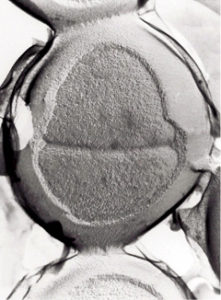
Probiotics are live microbial feed supplements that beneficially affect the host animal by improving its intestinal microbial balance. Studies have shown that probiotics provide protection against pathogenic microorganisms present in water and the guts of animals by competition with pathogenic bacteria for space and nutrients. They also produce antimicrobial substances such as lactoferrin, lysozyme and bacteriocins; and can change environmental conditions in the intestine by lowering pH through increased production of volatile fatty acids and lactic acid.
Disease due to luminous bacteria, such as Vibrio harveyi, is one of the major problems of the shrimp industry. Several studies have shown that luminous vibrios can be eliminated from the water column and sediment of ponds when probiotic strains selected for their direct inhibitory effect and water ecology management are used.
A 2006 study reported by Kidchakan Supamattaya et al. showed that the use of probiotics in feed was effective in reducing the load of vibrio bacteria in the shrimp gut and hepatopancreas, which can reduce the risk of infection. A Biomin trial at Prince of Songkla University, Thailand, showed that probiotic treatment reduced Vibrio species in shrimp digestive tracts after feeding diets containing a single probiotic strain, essential oils or a multistrain probiotic mixture (Table 1).
Prebiotics
Prebiotics are non-digestible food ingredients such as inulin and fructo-oligosaccharides that beneficially affect the host by selectively stimulating the growth of and/or activating the metabolism of beneficial bacteria in the intestinal tract, particularly bifido bacteria and lactobacilli – thus improving the host’s intestinal balance.
Studies conducted by Einar Ringo et al. with Artic char in 2006 showed that inclusion of inulin changed the microbial community, increasing the number of Gram-positive bacteria like Streptococcus, Carnobacterium and Bacillus.
Phytogenics
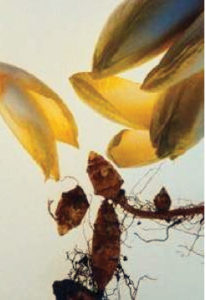
A relatively young class of feed additives, phytogenics are still rather fragmented in terms of knowledge regarding their mode of action and application strategies. They are plant-derived products added to feed to improve performance in agricultural livestock.
Phytogenic feed additives are an extremely heterogeneous group that originates from leaves, roots, tubers or fruits of herbs, spices or other plants. They are available in solid, dried or ground forms, or as extracts or essential oils. Within phytogenic feed additives, the content of active substances in products can vary widely, depending upon the plant part used, harvesting season and geographical origin.
Phytogenics can have antioxidative and/or antimicrobial activity. Additionally, some phytogenics are used to increase the palatiblity of diets, which could lead to higher growth rates in animals.
Essential Oils
Essential oils are odoriferous secondary plant products that contain most of the plants’ active compounds, such as alcohol, aldehydes, ketones and phenolic compounds. Processing by cold expression, steam distillation or extraction with non-aqueous solvents modifies the active substances and associated compounds within the final products.
The plant family of Labiatae has received the most interest, with thyme, oregano and sage the most popular representatives. The antimicrobial mode of action is considered to arise mainly from the potential of hydrophobic essential oils to intrude into bacterial cell membranes, disintegrate membrane structures and cause ion leakage.
A recent field trial conducted in Vietnam under practical production conditions confirmed that essential oils had positive effects on the growth performance of Pangasius hypothalamus. When included in a commercial feed at levels of 150 grams per metric ton, fish showed a 14 percent higher growth rate.
Immunostimulants
Immunostimulant substances have been recognized as promising supplements that potentially assist in disease prevention in fish and shrimp. They increase disease resistance by regulating host defense mechanisms against opportunistic pathogens that are always present in the environment surrounding the fish.
Immunostimulants increase resistance to infectious disease not by enhancing specific immune responses, but by enhancing non-specific mechanisms. Therefore, there is no memory component, and the response is likely to be of short duration. Many agents are currently in use in the aquaculture industry, such as cell wall fragments, beta-glucans, peptidoglycans, lipopolysaccharides and nucleotides.
Organic acids
Dietary acidification by the addition of organic acids is another possible alternative to improve gut health and performance. The pH-decreasing action of organic acids contributes to an improved activity of digestive enzymes and creates an impaired environment for pathogens.
A combination of organic acids and their salts are commonly used to modulate the gut microflora of intensively farmed animals. This is achieved by causing a shift in the dominant hierarchies of bacteria through the lysing of Gram-negative bacteria.
The action of organic acids in the intestinal tract involves two modes. On one hand, they reduce the pH level in the stomach and particularly the small intestine. On the other hand, they inhibit the growth of Gram-negative bacteria through dissociation of the acids and production of anions in the bacterial cells.
(Editor’s Note: This article was originally published in the May/June 2010 print edition of the Global Aquaculture Advocate.)
Author
-
Pedro Encarnação
Biomine Singapore Pte. Ltd.
3791 Jalan Bukit Merah #08-08
Singapore 159471
Tagged With
Related Posts
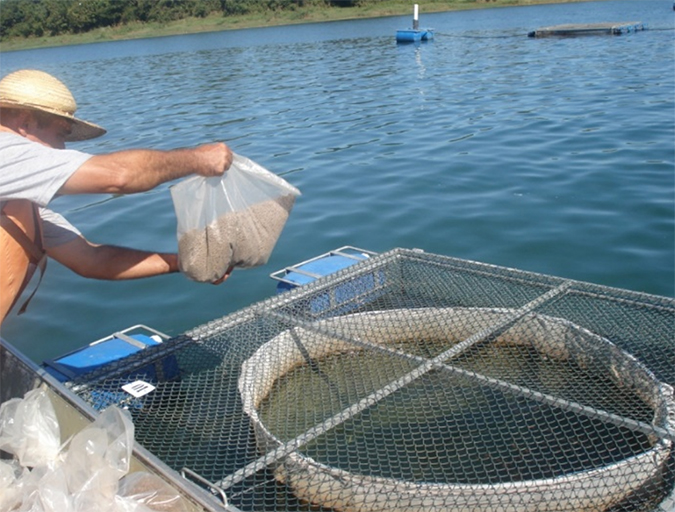
Health & Welfare
Aiding gut health with a natural growth promotor
A study with Nile tilapia conducted in commercial production cages in Brazil showed the potential – in the absence of major disease threats – of a commercial, natural growth promotor that modulates the microbiota (inhibiting growth of pathogenic bacteria and promoting growth of beneficial bacteria) and inhibits quorum sensing.

Health & Welfare
A holistic management approach to EMS
Early Mortality Syndrome has devastated farmed shrimp in Asia and Latin America. With better understanding of the pathogen and the development and improvement of novel strategies, shrimp farmers are now able to better manage the disease.
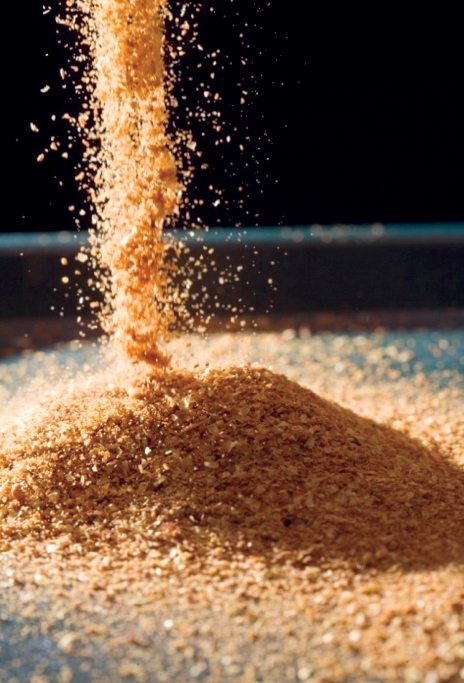
Aquafeeds
A look at corn distillers dried grains with solubles
Corn distillers dried grains with solubles are an economical source of energy, protein and digestible phosphorus to reduce feed costs and fishmeal usage.

Aquafeeds
A look at phospholipids in aquafeeds
Phospholipids are the major constituents of cell membranes and are vital to the normal function of every cell and organ. The inclusion of phospholipids in aquafeeds ensures increased growth, better survival and stress resistance, and prevention of skeletal deformities of larval and juvenile stages of fish and shellfish species.


